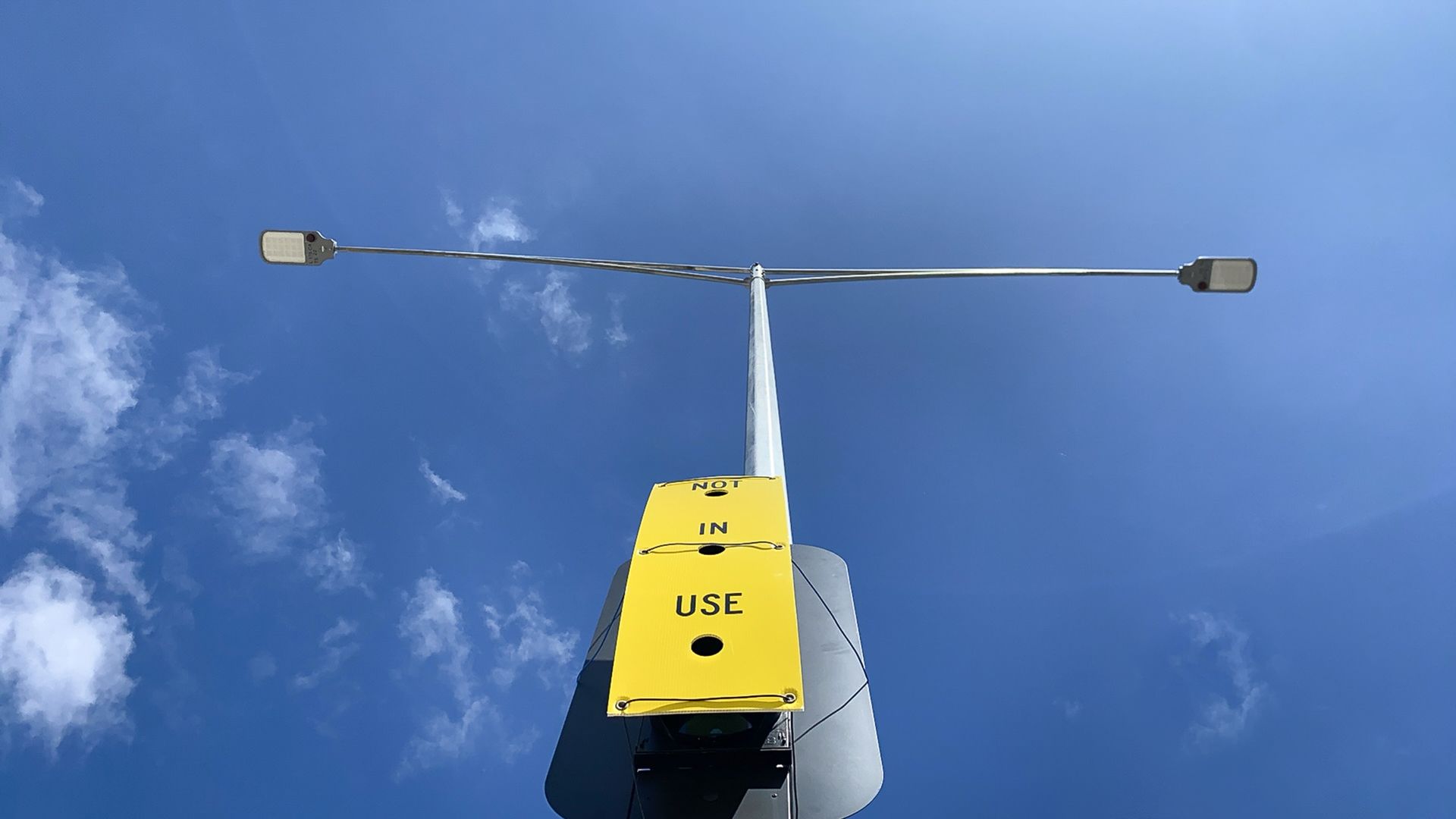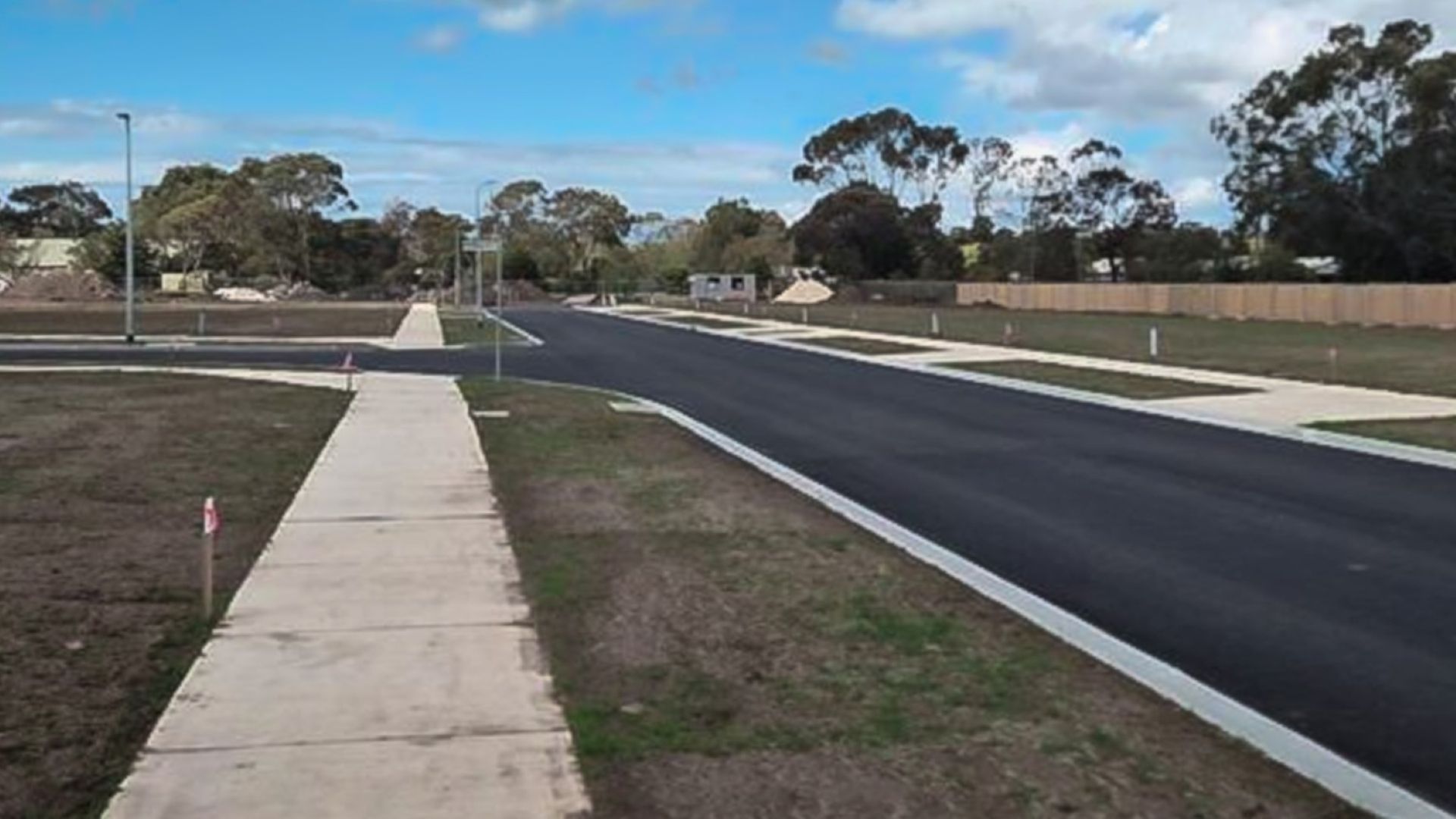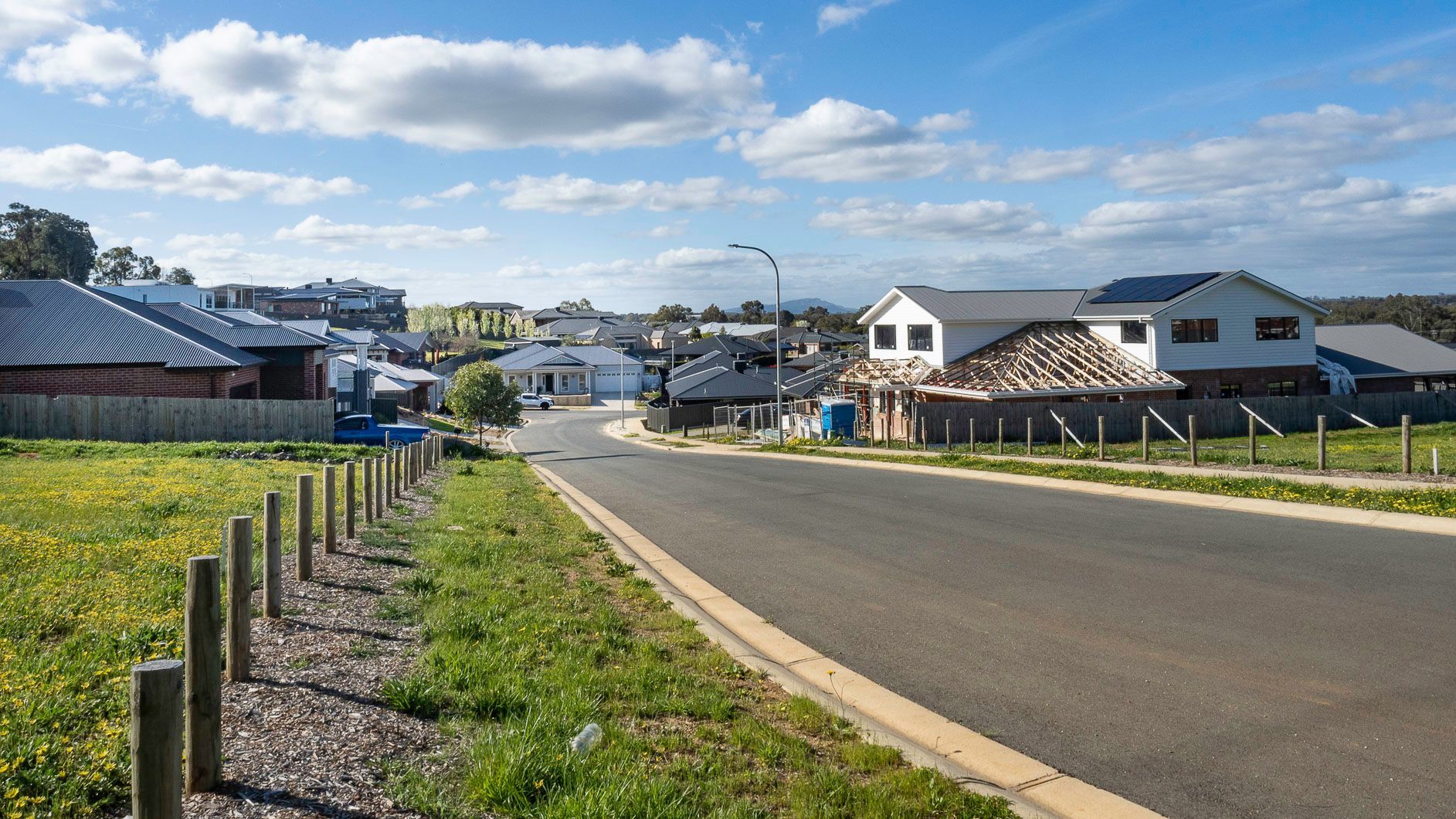Located in Mary Street, Richmond, the RTS is an integral part of Victoria’s electricity infrastructure. It is one of several high voltage electricity terminal stations that serve inner Melbourne. It receives HV electricity via transmission lines which it converts to LV.
Electricity terminal stations have a finite lifespan, requiring upgrades after appr. 50 years. As the RTS was built in the 60s, it needed to be rebuilt and modernised. The upgrade involved replacement of most of the electrical equipment on site and construction of new buildings to house some of the equipment. The RTS is owned by AusNet services and feeds both the CitiPower and United Energy networks.
Balpara’s Initial Involvement
Balpara was engaged to GPS detail and draft 66kV related assets on the Richmond Terminal Substation (RTS).
There was substantial detailing required around the terminal substation divided up into multiple stages.
To ensure accurate measurements were taken under challenging circumstances, we used GPS equipment to detail the works. The initial stage contained around a month’s civil work with over a dozen site visits with additional work stages to follow.
Added Value to the Project
In addition to works completed, we are currently working on a millimetre accurate 3D construction set-out model of all the new 66kV concrete poles inside and locally outside the RTS.
This is being done in collaboration with the CitiPower engineering design team. The newly created 3D model will be used to also produce new 2D Construction Standard Drawings for the CitiPower Standards Group.
These drawings will form part of CitiPower’s Construction Standards for major 66kV Pole works into the future.



